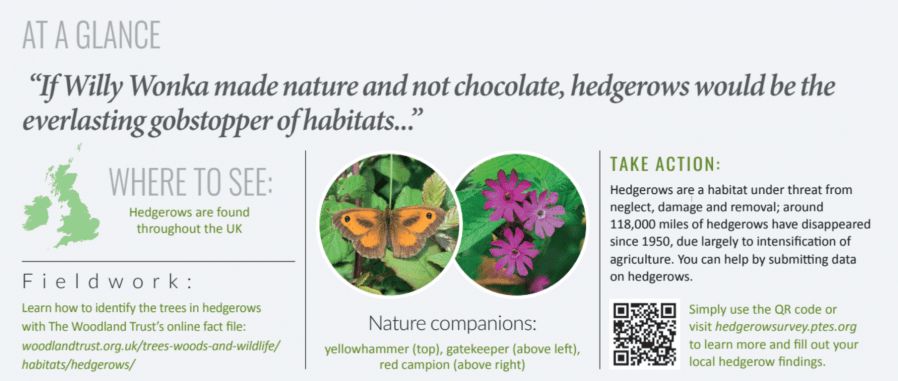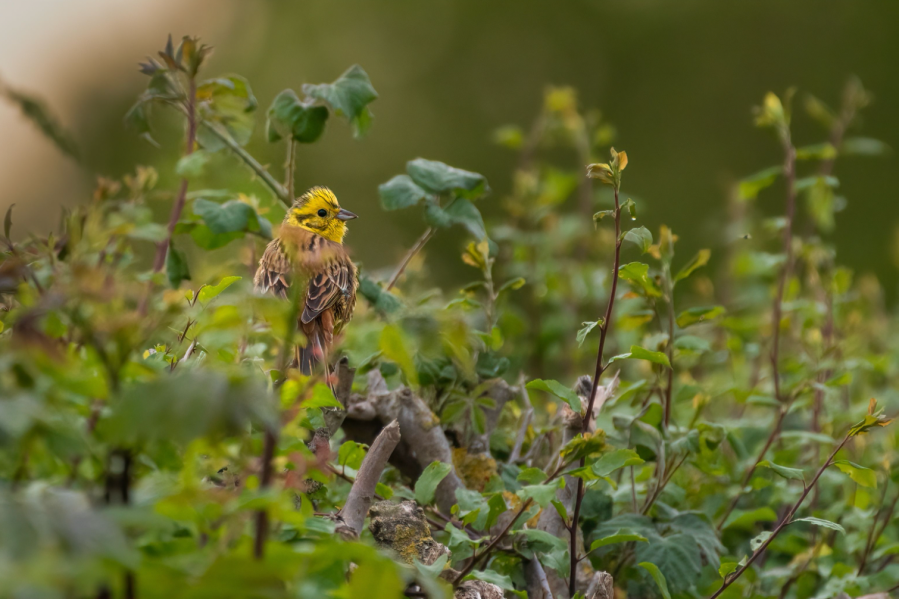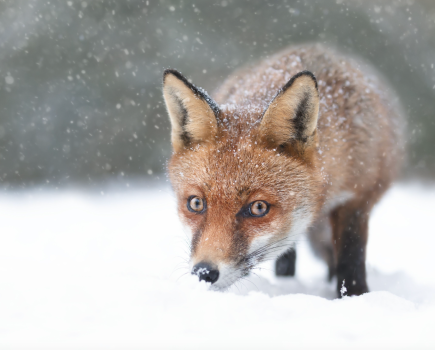I have a confession to make: I’m not someone who uses maps. I don’t think I actually own one. I’m a wistful wanderer. Yet, I can appreciate the order of a map. Pin-sharp lines criss-crossing the pastel-smooth surface, the satisfyingly crisp folding lines. A map’s topographical perfection is a million miles from the real-world field margins that are bursting with life. Here, you’ll find a different kind of perfect. If ever there was an argument to be made that humans are nature and we have meaningful, positive effects on the environment, a well-managed hedgerow is it.
Main image: Male yellowhammer (Emberiza citrinella) perches in a hedge | Credit: Alex Cooper Photography / Shutterstock
All animals are engineers of the land around us; woodpeckers carving out holes to nest in and creating new ecosystems, earthworms literally making the soil beneath our feet, fungi dismantling ancient trees. For millennia humans have shaped the world, too.
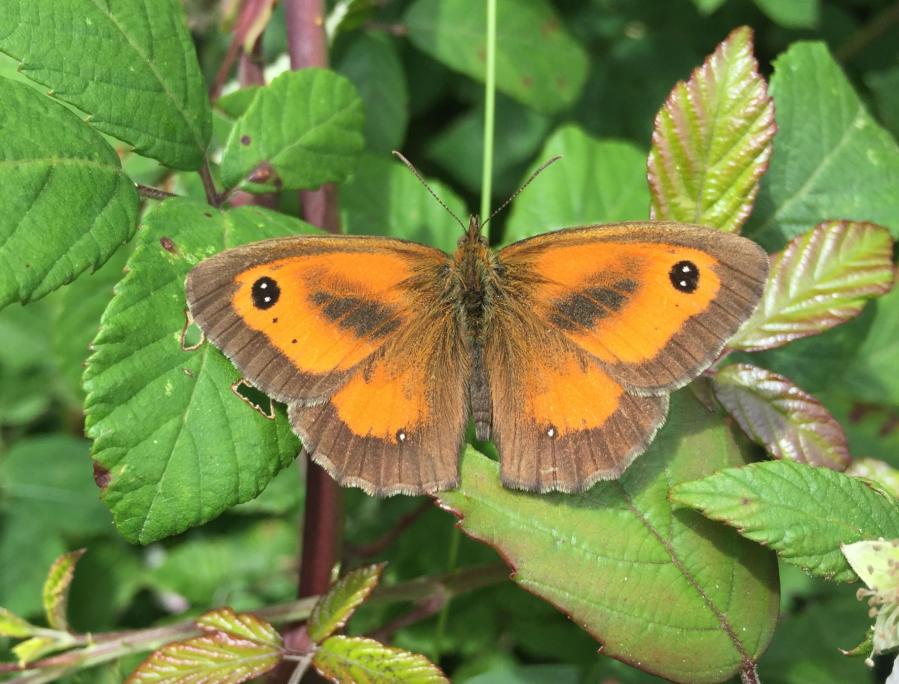
Some of our most celebrated landscapes – the Amazon Rainforest and Yosemite, for example – are the way they are because of our species. The un-industrialised and gentle shaping of the natural world can create thousands of tiny new worlds and microclimates and opportunities to feed, breed and thrive.
Hedgerows are created because we weave trees together, working with nature. I think that’s quite beautiful. I can barely imagine a landscape without them. We’d be left with just wire fences, field butted against field. It’d be enough to skip the hike altogether.
Think of hedgerows as big dense green arteries, pulsating with wildlife. If Willy Wonka made nature and not chocolate, hedgerows would be the everlasting gobstopper of habitats. They keep on giving. Woven trees create a dense matrix of unlimited nest-building opportunities and a place for mammals to travel unseen and uninterrupted.

As you wander alongside a hedgerow this summer, from deep within, you’ll hear the comforting chirps of chicks in nests. You’ll likely meet a Long-tailed Tit, Yellowhammer or Whitethroat taking advantage of this habitat. Walking along a hedgerow is like a bottomless buffet of wildlife learning. Hawthorn and Blackthorn flowers will be visited by hundreds of different insects while the Hazel produces nuts that will be taken by mammals.
Ideally, the area either side of a hedge would be left unploughed and planted to become vibrant strips of wildflowers where butterflies can safely feed and lay eggs. Late in the evening you will notice bats following the line of the hedge feeding on moths which rely on this habitat.
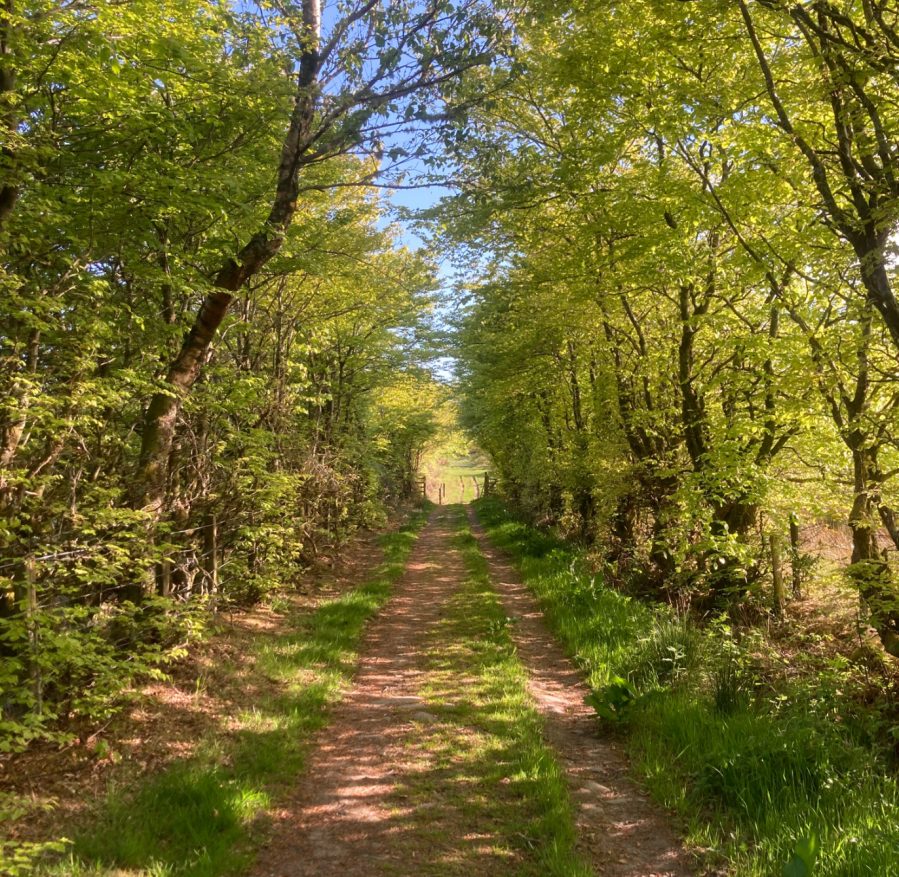
Many of our ancient trees are also found along hedgerows. Neglect or intention has meant that great big Ash and Oak trees have been allowed to grow up to their full potential. As they age, owls take up residence; they are the perfect spot to hunt for mice and voles in the long grass. As we ribbon our way through the landscape, notice how hedgerows do too. They are as vital to your exploration and navigation as the thousands of animals that rely on them.
Want to learn how to identify the trees in hedgerows? Use The Woodland Trust’s online fact file. Hedgerows are a habitat under threat from neglect, damage and removal; around 118,000 miles of hedgerows have disappeared since 1950, due largely to intensification of agriculture. You can help by submitting data on hedgerows. Simply visit hedgerowsurvey.ptes.org to learn more.
